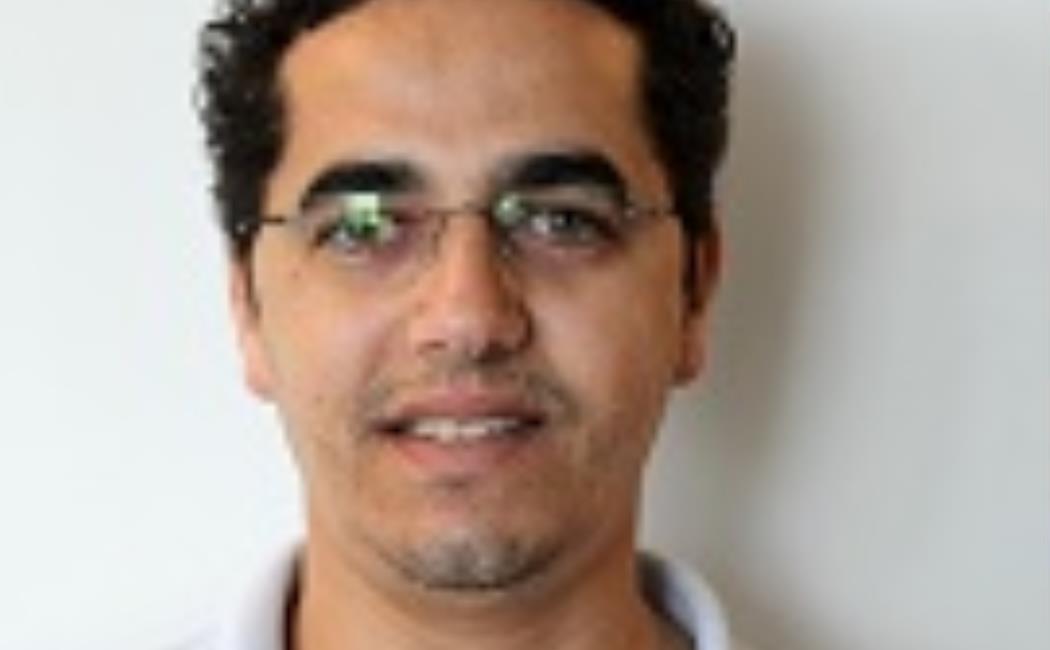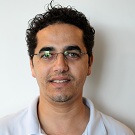
EE 392A - Advanced Topics in Communications by Dr. Zouheir Rezki

Description:
The course deals with fundamental limits of multiuser communications. It covers an overview of existing results for popular channel models and describes approaches to prove these results. The effect of fading is of special interest. A more detailed description is as follows:
| Chapter | Description | Week # | ||||
|
| 1 | ||||
| The Multiple Access Channel (MAC) | Gaussian MAC, Gaussian MAC with fading known or not at the terminals, Ergodic Capacity Region, Delay-Limited Capacity Region | 2 and 3 | ||||
| The Broadcast Channel (BC) | Gaussian BC, Gaussian BC with fading, Duality MAC-BC | 4 and 5 | ||||
| The Interference Channel (IC) | Most known upper and lower bounds, strong interference regime, weak interference regime, Gaussian IC, inseparability of IC with fading | 6 and 7 | ||||
| Information Theoretic Secrecy | Wiretap channel (WTC), degraded WTC, Gaussian WTC, Effect of fading | 8 |
Prerequisite:
One or more of the following courses: EE 241, EE 244, EE 341, EE 340. Exceptions may be made based on the consent of the instructor.
Homework (20%):
There will be 5 homeworks covering the 5 topics.
Evaluation:
There will be a mid-term exam (40% of the global grade) and a final project (40% of the global grade).
References:
1. Thomas M. Cover and Joy A. Thomas. (1991). Elements of Information Theory. Wiley-interscience, New York, NY, USA.
2. David Tse and Pramod Viswanath. (2005). Fundamentals of Wireless Communication. [Online]. Cambridge: Cambridge University Press.
3. Gerhard Kramer. (2008).Topics in Multi-User Information Theory. Foundations and Trends in Communications and Information Theory: Vol. 4: No. 4–5, pp 265-444.
4. Matthieu Bloch and João Barros. (2011). Physical-Layer Security: From Information Theory to Security Engineering. Cambridge University Press.
5. Abbas El Gamal and Young-Han Kim. (2012). Network Information Theory. Cambridge University Press.
6. Andrea Goldsmith. (2005). Wireless Communications. Cambridge University Press.
7. Marvin K. Simon, Mohamed-Slim Alouini. (2005). Digital Communication over Fading Channels. Wiley-IEEE Press.